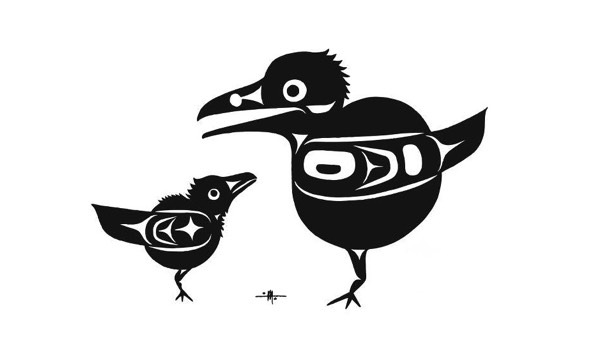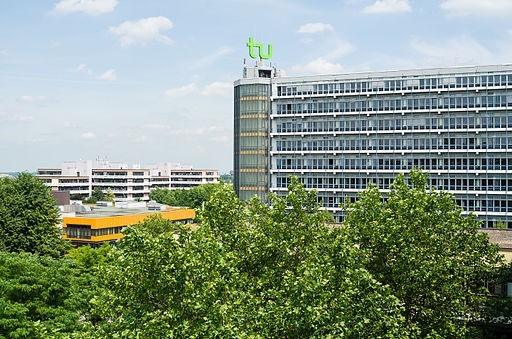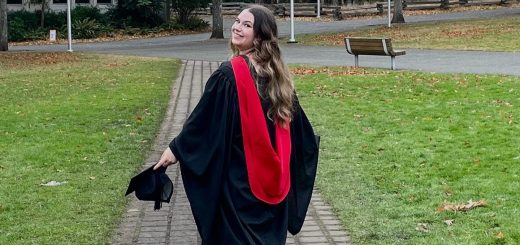Why are Indigenous languages important?
Aaron Wells, a member of Ehattesaht First Nation from up island, came down to Victoria to work at the Our Living Languages: First Peoples’ Voices in British Columbia exhibition in the Royal BC Museum for the last two summers. He admires the special work that was done here in gathering knowledge about the recent situation of BC’s endangered languages and in showcasing successful language revitalization/maintenance projects from across the province.
One day, a visitor to the exhibition came up to Aaron, who is a learner of the Nuu-chah-nulth language himself. The man was a linguist and, pointing around, said: “What’s the point of all this? These languages are going to die anyways!”
Aaron stayed calm, wished him a great day and went on with his own day. But when he told his mother, Victoria Wells, she was shocked.
Wells is the president of the Quuquuatsa Language Society (QLS), which is devoted to promoting the Nuu-chah-nulth language with its various dialects and aims for the fluency of its speakers. She cannot understand why anyone would denigrate the efforts she and her fellows make to preserve Indigenous heritages, cultures and languages around the world as useless.
Why are those projects even necessary?
Aaron and his mother talked about their experiences last Friday, March 11, 2016, at the Ideafest event “Quuquuatsa — Speaking Our Own Language”, very fittingly taking place in the middle of the Our Living Languages exhibition. I went because I wanted to hear about those first-hand experiences after taking LING431: Community-based Initiatives in Language Revitalization last term, where we talked about and analysed a wide variety of projects around the world.
A lot of Indigenous communities, especially in colonized regions like Australia, New Zealand or Hawai’i, implemented revitalization projects because their languages weren’t passed on naturally to children anymore. Here in Canada, for example, residential schools were used as a disruptive element that distanced a whole generation from their language and culture.
The last one of those schools, where native children were forced to learn English, closed in 1982, which isn’t too long ago. Therefore, the consequences are very present. But so is the opposition; nearly every nation has people as devoted as Victoria Wells to turn this language shift around.
How does UVic support communities?
Dr. Leslie Saxon of UVic’s linguistics department hosted Friday’s Ideafest talk because our university is working hard to support communities and their projects. Today you can do a certificate, a diploma and a master’s degree in Indigenous Language Revitalization here to learn about successful strategies. And on another note, Nuu-chah-nulth is accepted as a second language when completing a linguistics degree at UVic.
The newest additions to UVic’s curriculum are courses in the style of the Mentor Apprentice Program (MAP). These are one-on-one language classes between a fluent Elder and an “apprentice,” outside of the classroom setting. The idea is to learn the language naturally like a baby. The pair meets for several hours every week and only uses the Nuu-chah-nulth language so that the learners are immersed in it. Which probably also means that they don’t understand anything during the first sessions. You know, just like a baby.
Saxon and Wells pointed out how easy it is for communities to get such a program going, as you don’t need any secondary institutional support or educational material like in most classroom settings. However, they also noted how great guidance from universities or the First Peoples’ Cultural Council can be, as they offer helpful materials, often with a lot of pictures. “Because that’s what you need in the beginning of the process,” says Wells with a laugh. She started such a program with her mother and aunts in her community.
But is all that really worth it?
Now, to come back to the initial question: What’s the point of all this?
For me, it is hard to imagine what those communities feel. My parents had the opportunity to teach me the language they grew up with and the language that’s connected to their culture; the language that they feel connected to.
First Nations people were actively separated from their language and culture. Residential schools are real, where the use of native languages was punished. So for me, the case is easy. Just as I have the free right to choose which language I want to learn and use, so should everyone else.
These language revitalization projects help to restore this freedom and also strengthen the identity of First Nations people. According to Wells, the goal is to create a society of fluent speakers to bring back the natural order of parents passing on their language to their children. This would close the “generational gap” that is present in a lot of Indigenous communities right now.
Or in Aaron Wells’ words: “1% of our people speak our language. If there’s a spark in your fire, you support it and turn it into burning flames.”
The event ended with Wells’ great aunts, Fidelia Haiyupis and her sister, telling a story in Nuu-chah-nulth. I couldn’t understand a single word but that didn’t really matter. I can tell you how fortunate I felt to hear a fluent speaker of one of BC’s languages.
Little note: I could go on about this topic for nearly forever, so if you have questions or want to know more about a certain aspect, please don’t hesitate to ask. And if you haven’t been to the exhibition at the Royal BC Museum yet — please go! It’s beautiful.





Thank you for your post Anna. I attended the event and I share your thoughts. It was a wonderful event made possible by the collaboration of several groups. Thank you to everyone who helped make this event happen.
Heather, thank you for your comment! I agree with everything you say, it was so wonderful to meet the Wells family and everyone else who was/is involved.